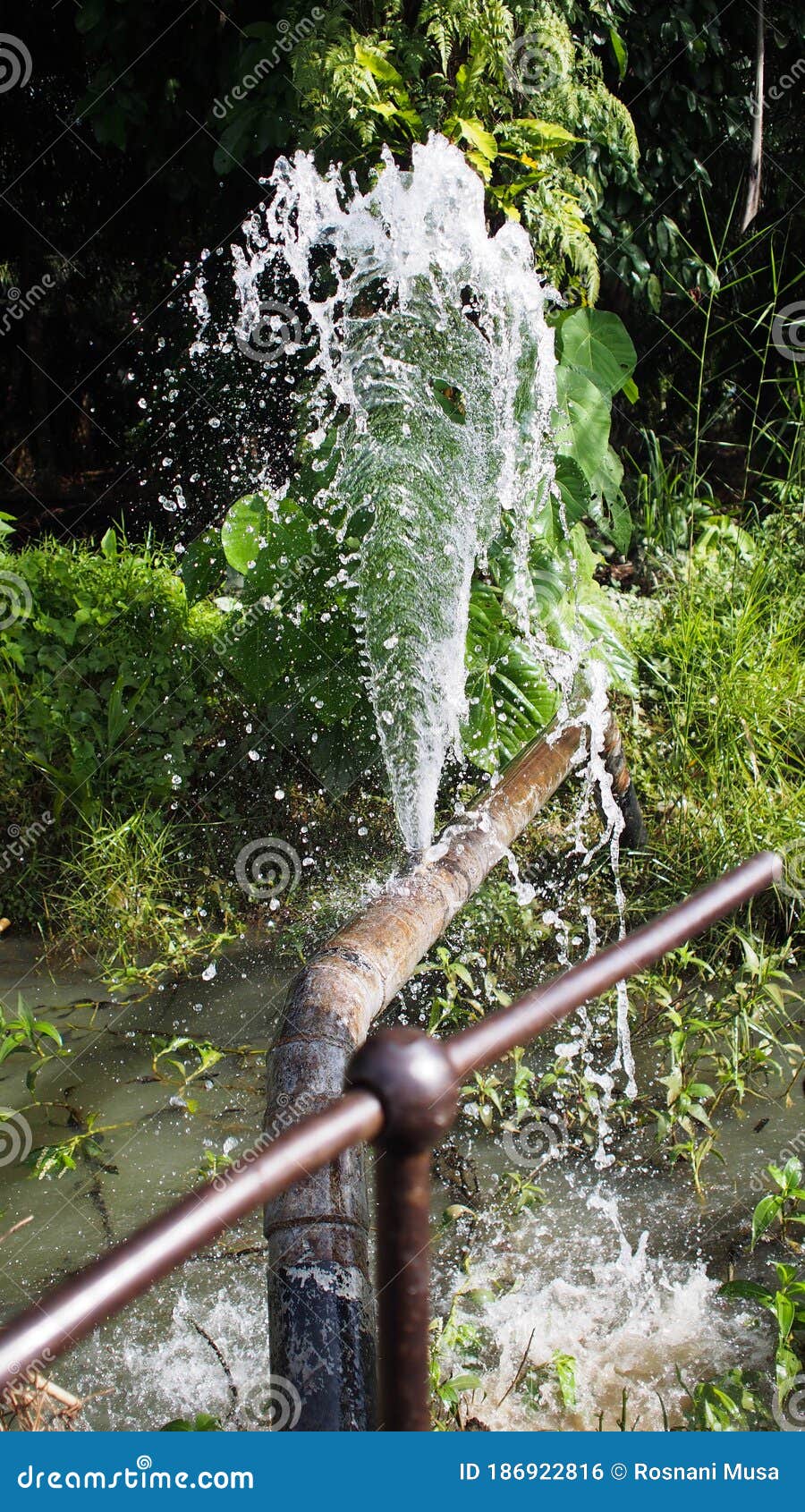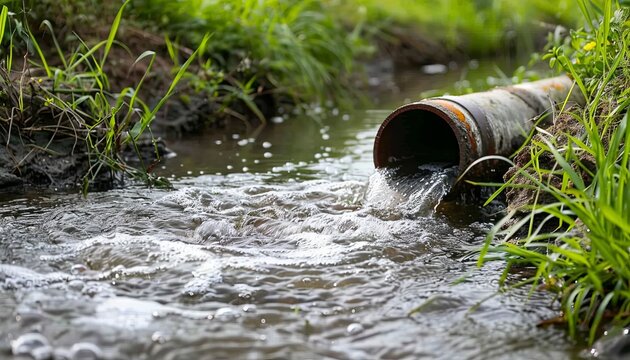The Hidden Dangers of a Burst Pipe and How to Fix It Quickly
The Hidden Dangers of a Burst Pipe and How to Fix It Quickly
Blog Article
Avoiding Ruptured Piping: Vital Tips to Protect Your Pipes
Preventing burst pipes is an essential problem for home owners, specifically during cooler months when the threat of cold is enhanced. Implementing strategic actions such as appropriate insulation, regular assessments, and preserving regular indoor temperatures can considerably lower the probability of pipe failure. Furthermore, comprehending emergency situation treatments equips home owners to react quickly to possible plumbing problems. However, numerous are uninformed of the particular susceptabilities that their pipelines might encounter. Exploring these vulnerabilities can give important insights right into guarding your plumbing system successfully.
Understand Pipeline Vulnerabilities
Comprehending pipeline susceptabilities is essential for effective plumbing upkeep and avoiding costly damage. Several factors add to the sensitivity of pipelines to bursts, including material composition, age, and ecological problems. Older pipelines, especially those made from galvanized steel or polybutylene, usually degrade over time, bring about increased threat of leakages and ruptures.
Temperature level fluctuations can also dramatically effect pipeline honesty. In colder environments, water entraped in pipes can ice up, broadening and applying stress on the pipeline walls, which may ultimately lead to a burst. Furthermore, high water stress can strain pipelines, particularly at bends and joints, increasing the possibility of failing.

Insulate Piping Properly
Proper insulation of pipes is important for preventing cold and subsequent ruptureds during winter (burst pipe). Protecting your plumbing system effectively safeguards against temperature level goes down that can result in expensive damages. Begin by identifying susceptible locations where pipes are exposed to exterior temperature levels, such as cellars, attic rooms, and exterior walls
Use foam pipeline insulation sleeves or wrap insulation tape around these areas to offer a safety barrier. Make sure that all sections of the pipelines, specifically those with limited heat direct exposure, receive appropriate insulation. Pay unique focus to joints and installations, as these are a lot more prone to cold.
When insulating, it's necessary to pick products that satisfy neighborhood building ordinance and are ideal for the details environment. Fiberglass insulation is typically suggested for its thermal resistance residential or commercial properties. Additionally, consider using warm cords or tape in extreme problems, which can be connected in to supply additional heat
Frequently inspect protected pipes for any type of indicators of wear or damages, as compromised insulation can reduce its effectiveness. By taking these positive actions, you significantly lower the risk of pipe bursts, ensuring a useful link dependable pipes system throughout the wintertime months.
Maintain Regular Temperature Level
A secure interior temperature level is necessary for avoiding ruptured pipes during the icy months. When temperatures drop, water within pipelines can ice up, expanding and producing pressure that might eventually cause the pipes to burst. To reduce this threat, property owners ought to maintain a constant temperature throughout their space, ideally no less than 55 ° F(13 ° C)Utilizing a programmable thermostat can help take care of interior temperatures properly, ensuring that rooms with plumbing remain cozy even when your house is vacant. Pay special interest to locations that are more vulnerable to cool, such as cellars, garages, and attic rooms. Keeping cabinet doors open under sinks can also allow warmer air from the home to flow around plumbing.
This minor circulation of water can avoid freezing by easing stress within the pipes. By executing these strategies, house owners can considerably minimize the danger of pipe ruptureds and secure their pipes systems against the rough winter aspects.
Regularly Inspect Pipes
Routine evaluations of pipes systems are critical for preventing ruptured pipes and keeping general home honesty. Routine checks allow property owners to recognize potential issues prior to they intensify right into pricey repair services or major water damage. Throughout these examinations, it is necessary to take a look at noticeable pipelines for signs of corrosion, leakages, or wear. Pay special attention to locations vulnerable to freezing, such as basements, attics, and outside walls.
Additionally, evaluating joints and connections is essential, as these points are frequently at risk to leakages. Homeowners must also analyze water stress degrees, as too much stress can stress the plumbing system and increase the threat of pipe ruptureds.
Consider organizing professional pipes examinations at least as soon as a year, especially prior to winter months, to ensure your system is prepared for cooler temperature levels. By being aggressive in your strategy, you can secure your home versus the disruptive and pricey repercussions of ruptured pipelines.
Know Emergency Procedures
Understanding emergency situation procedures is important for every house owner, especially after performing normal plumbing inspections. Being prepared for a plumbing emergency situation can significantly minimize damages and save expenses.
Following, keep crucial tools helpful. A plumbing emergency situation kit must consist of a wrench, plunger, and towels, along with a flashlight and a bucket for little leaks. Furthermore, consider having the contact info for a trusted plumbing technician easily offered, should the situation rise great site beyond your control.
If you spot a leak or burst pipeline, promptly turn off the water system and notify your plumber. In addition, record the damages with pictures for insurance coverage objectives. burst pipe. Know the signs of possible pipes concerns, such as unusual water stress fluctuations or damp spots on wall surfaces
Eventually, proactive knowledge and swift action are crucial in taking care of plumbing emergency situations, ensuring your home stays safeguarded and lessening possible damages.

Conclusion
Finally, preventing burst pipes necessitates a complex strategy that includes understanding pipe susceptabilities, proper insulation, maintaining constant indoor temperature levels, normal inspections, and understanding article of emergency situation treatments. By carrying out these vital methods, the threat of pipes failings can be significantly reduced, therefore making certain the longevity and effectiveness of the plumbing system. Aggressive procedures not only secure against prospective damage however likewise add to total water preservation and the defense of building.
In chillier environments, water trapped in pipelines can freeze, broadening and putting in pressure on the pipe walls, which might ultimately lead to a ruptured. When temperature levels decrease, water within pipes can freeze, expanding and producing stress that might ultimately cause the pipes to burst. By implementing these methods, property owners can considerably reduce the threat of pipe ruptureds and secure their plumbing systems versus the extreme wintertime elements.

Report this page